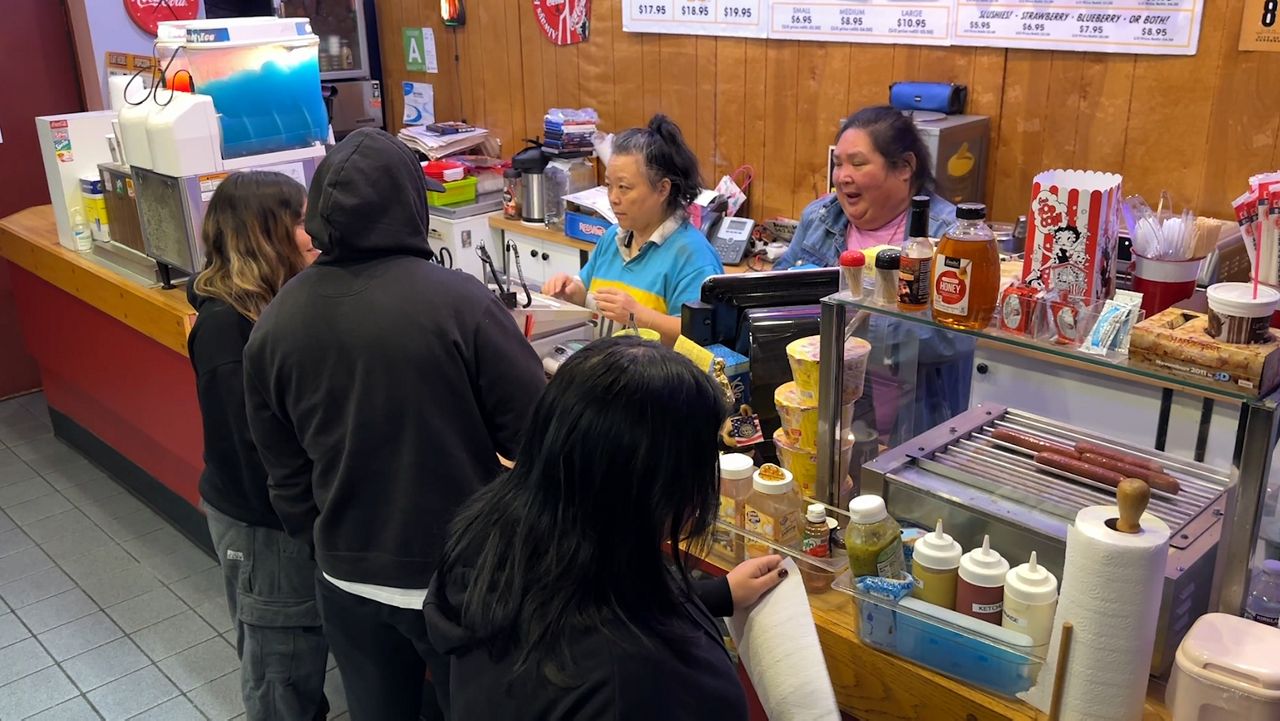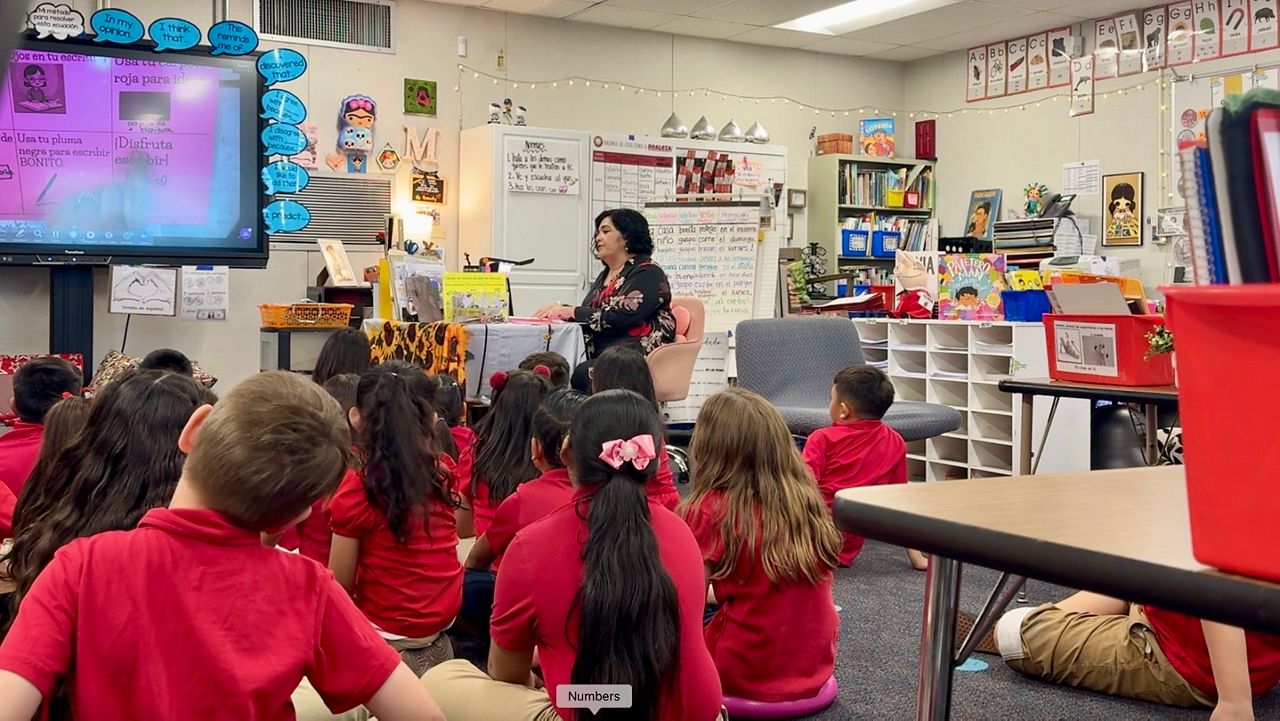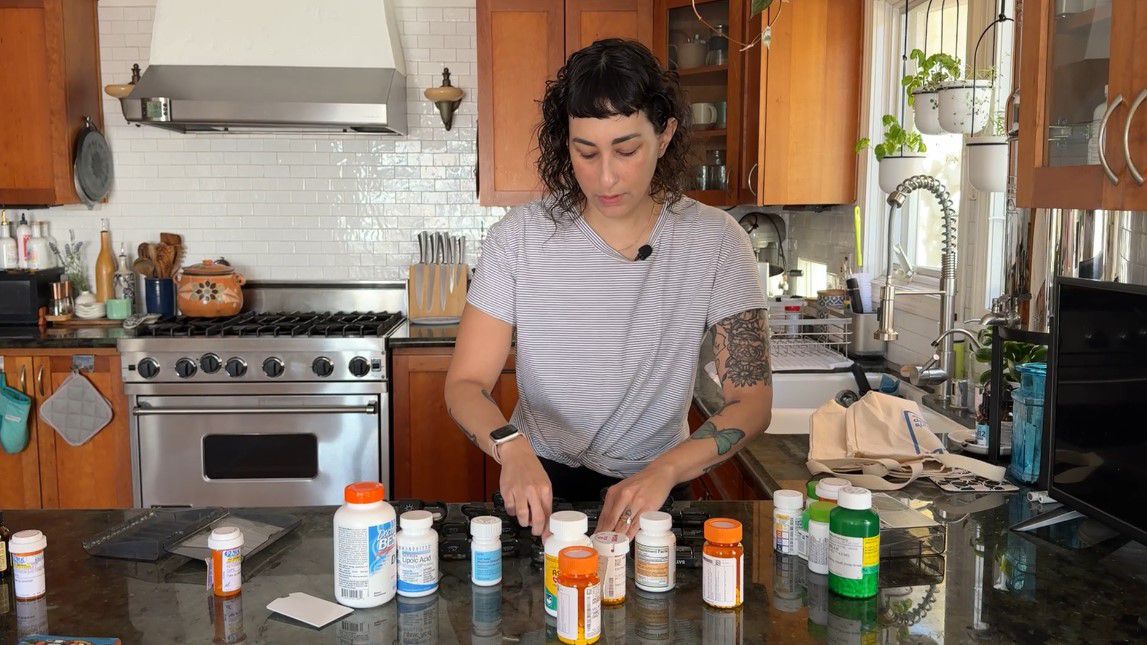EDITOR’S NOTE: Multimedia journalist Jo Kwon spoke to an out-of-state family about the COVID precautions they are taking during spring break. Click the arrow above to watch the video.
SANTA ANA (CNS) — Orange County's COVID-19 hospitalization and infection rates have remained relatively steady since last week, according to data recently released by the Orange County Health Care Agency.
The county's COVID-related hospitalizations inched up from 77 on Sunday to 86 on Monday, with the number of patients in intensive care increasing from 13 to 16.
The county also logged 604 more infections and 10 more fatalities, increasing the cumulative figures in each category to 548,718 and 6,937 respectively.
The county recorded its first fatality this month. That death occurred on April 5.
Six of the fatalities logged Tuesday occurred in March, two in February and one in January.
March's death toll climbed to 61, February's death toll increased to 312, and January's death toll increased to 546.
Of those hospitalized with the virus, 84.1% are unvaccinated while 86.4% of those in intensive care are unvaccinated, according to the OCHCA. The county has 26.1% of its ICU beds available, comfortably above the 20% when experts get concerned.
The case rate per 100,000 people remained at 3.4, in the county's most recent figures, with the positivity rates at 1.9 overall — but at 2% in the health equity quartile, which reflects those in needy communities hardest hit by the virus.
The case rate per 100,000 people for fully vaccinated residents who received a booster shot increased from 3.7 on March 26 to 4.5 on April 2, according to the most recent figures available.
For residents who were fully vaccinated without a booster, the rate decreased from 2.8 on March 26 to 2.6 on April 2. And for those not fully vaccinated, the rate went up from 4.1 on March 26 to 4.3 on April 2.
About 4,000 more people received vaccines since last week, according to the OCHCA.
The BA.2 subvariant will likely fuel another surge, but the size of it is difficult to handicap, according to Andrew Noymer, an epidemiologist and UC Irvine professor of population health and disease prevention.
BA.2 is 50% more contagious than Delta, Noymer said, but many unvaccinated people tend to be younger and more able to shrug off an infection.
"Very few of the seniors in Orange County are totally unvaccinated, so I'm not expecting a huge wave of mortality with BA.2," Noymer said. "I'm not expecting a big wave of hospitalizations in the next four weeks either."
Dr. Regina Chinsio-Kwong, the county's chief health officer, said Tuesday that 37% of children 5 to 11 have gotten at least one dose and 32% are fully vaccinated. In the 12-17 age group, 72% have gotten at least one dose and 66.7% are fully vaccinated. Among those 65 and older, 99% have gotten at least one dose and 92.6% are fully vaccinated.
"We still need a lot of help to get younger children vaccinated," Chinsio-Kwong said. "We encourage parents to talk to their pediatrician and health care providers to consider vaccination."
Chinsio-Kwong said that while children are at lower risk of contracting severe illness, many are not wearing masks at school and are "engaging in high-risk activities."
Even though the federal government will no longer provide free tests and vaccines, the county will continue to do so at its sites for the time being, Chinsio-Kwong said.











